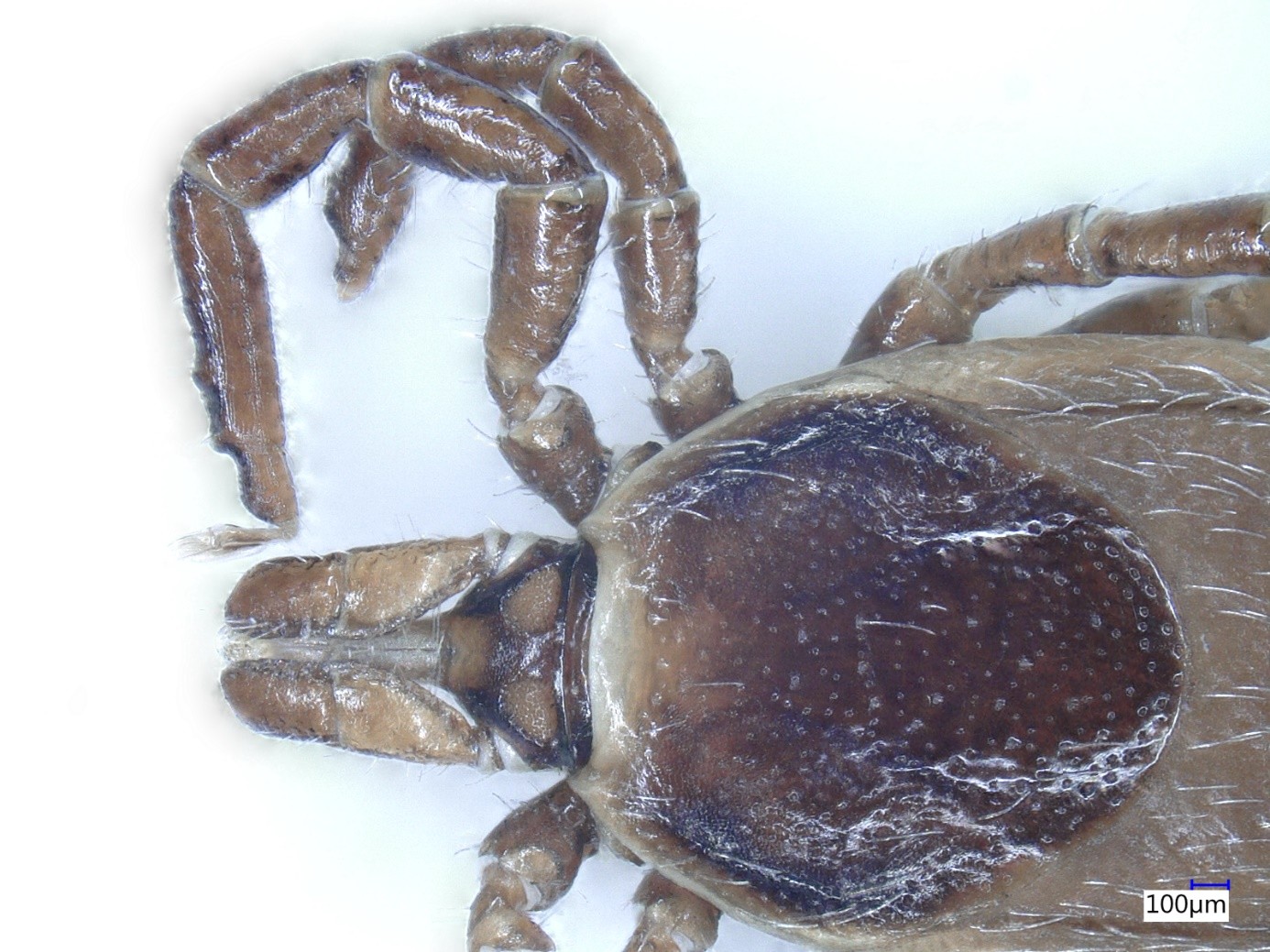Newest Hungarian honorary member of the International Astronomical Union discovers new near-Earth asteroids
In August, Krisztián Sárneczky was selected as the second Hungarian to become an honorary member of the International Astronomical Union, following his discovery of two comets within a single week in July. The recognition is the result of his decades-long work as a researcher at the Astronomical Institute of the HUN-REN Research Centre for Astronomy and Earth Sciences (CSFK). Recently, he also discovered several new asteroids.
The International Astronomical Union (IAU) has selected 15 new honorary members, who were presented at the IAU’s August General Assembly. Krisztián Sárneczky, a researcher at the Konkoly Thege Miklós Astronomical Institute of HUN-REN CSFK, became the second Hungarian to join the organization. In addition to his efforts in popularizing science, Sárneczky has recently achieved remarkable results in the field of planetary defense. In the past two years, he discovered three near-Earth asteroids just before they entered the atmosphere, an achievement considered exceptional worldwide. In July of this year, he found two new comets within a single week, and just a few days ago, he identified several previously unknown near-Earth asteroids using the telescope at the Piszkéstető Observatory.
"It's difficult to find a comet, typically only a few dozen are discovered worldwide in a year—far fewer than asteroids or supernovae," said astronomer Krisztián Sárneczky. This is one of the most challenging, yet one of the most prestigious branches of astronomy, as according to a centuries-old tradition, a newly discovered celestial body is automatically named after the person who discovered it.

According to the researcher, the significance of comets lies in the fact that they act as time capsules, containing materials that may have formed during the creation of the Solar System. If such a comet is visiting us for the first time, it can bring fresh material, providing valuable insights into the formation of our Solar System.
It's not just comets that are important; near-Earth asteroids are crucial as well, as any of them could pose a threat to us. Of the more than 220 near-Earth asteroids discovered from Piszkéstető in recent years, three entered Earth's atmosphere just a few hours after being detected. Fortunately, only small fragments reached the surface of our planet.
“So far, we only know of eight such bodies, and three of them were discovered in Hungary, while the others were detected by colleagues as part of NASA-supported programs,” emphasized Krisztián Sárneczky. He added that in the last week of August, he discovered a total of eight near-Earth asteroids, although none of them will come extremely close to Earth. “However, they play an equally important role in planetary defense, as they could still collide with us after just a few orbits,” the astronomer noted.
One thing the comets and asteroids discovered by the astronomer of HUN-REN CSFK have in common is the telescope that detected them, which has been operating at the Piszkéstető Observatory in the Mátra Mountains since 1962. Over the years, the telescope has undergone several significant upgrades: its entire motor system was replaced, its field of view was increased tenfold, and today, the images are recorded digitally. Currently, a 116-megapixel detector serves as the telescope’s "eye," gathering the incoming photons.
When it comes to detecting asteroids, in addition to the increasingly advanced telescopes aiding Krisztián Sárneczky and his team, artificial intelligence-based algorithms are now playing a role as well. While their AI project is still in the testing phase, they have high hopes for it. These AI-based programs are expected to identify asteroids with much greater accuracy and speed compared to their previous, traditional software.

